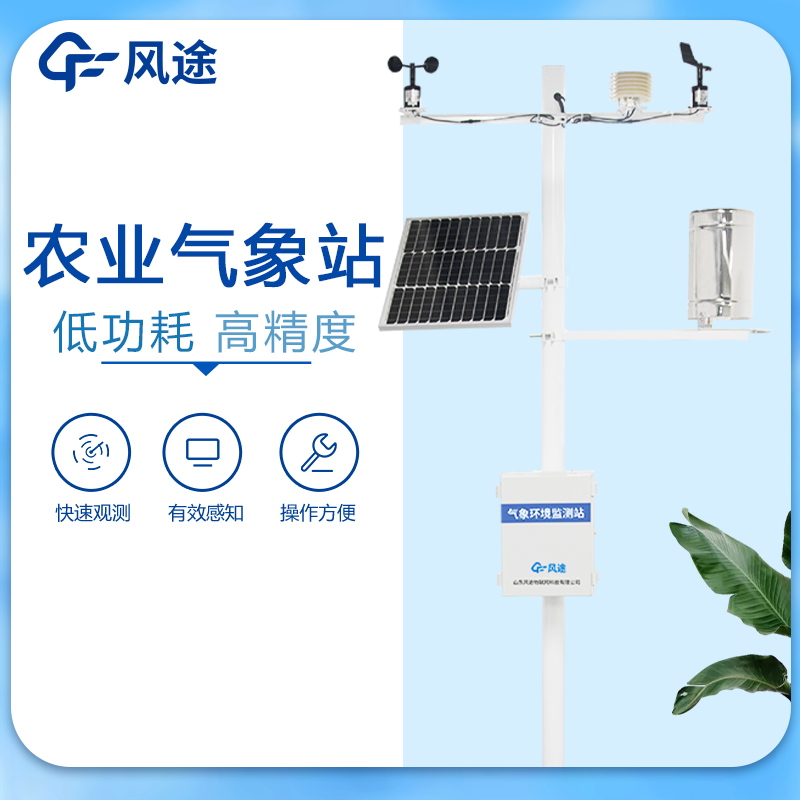Meteorological environment monitoring equipment supplier
Insist on doing high-precision customer favorite technology products
Small agricultural meteorological station is a kind of meteorological observation tool with high degree of automation, and its technical requirements are relatively high: in addition to advanced technical level, it should be equipped with corresponding precision instruments and equipment to ensure that the technical indicators meet the national standards; Moreover, the hardware configuration of small agricultural weather stations should be as perfect as possible, including lightning protection and grounding measures, power supply lines, communication cables, signal transmission systems, etc., to meet the requirements of relevant standards and specifications. In addition, in actual work, we should also pay attention to the management and training of meteorological observation personnel, improve their professional level, so that they have a strong sense of responsibility and good psychological quality, so that they can better perform their duties.
Of course, small agricultural weather stations are simple in structure and easy to operate, and only need a simple training to be used normally. However, in order to better manage the weather station, it is necessary to do a good job of daily maintenance and management.
Small agricultural weather station provides farmers with 24 hours of continuous weather monitoring and forecasting services, automatic operation and unattended, and has real-time online monitoring function, can obtain meteorological information and weather forecast data at any time, and can use wireless LAN for data transmission and remote monitoring, truly "people go with the station".
Features of the device:
1. Set different meteorological parameters according to crop growth, and adopt a variety of sensors to form a comprehensive observation system to fully grasp the climate characteristics of major agricultural areas, so customers can choose different sensor combinations;
2. Through computer processing of various data, analysis of various indicators, to obtain accurate and reliable results, such as temperature, humidity, wind speed, air pressure, wind direction, etc.;
3. Users can set alarm conditions by themselves, and alarm signals can be issued when anomalies occur;
4. The collected historical data can be stored in the database for later query or reference.
